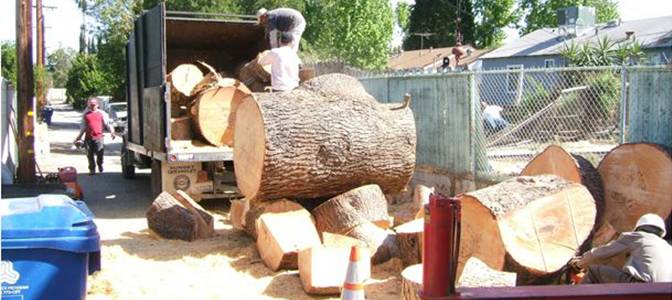Blossom Haven: Your Guide to Beautiful Garden Flower Plants
Welcome to our Flowering Plants gallery, where nature’s beauty blossoms in every petal! At Sherman Oaks Landscaping, we take pride in curating a vibrant collection of flowering plants that add a burst of color and elegance to your outdoor spaces.
Our carefully selected flowering plants are chosen for their ability to thrive in the Sherman Oaks climate, ensuring a garden that flourishes year-round. Whether you’re looking for fragrant roses, vibrant tulips, or exotic orchids, we have a diverse range of options to suit every taste and preference.
Enhance the visual appeal of your garden with our exquisite flowering plants, carefully cultivated to provide a symphony of colors and fragrances. From low-maintenance blooms to stunning focal points, our collection offers something for every landscaping need.
Explore our Flowering Plants gallery to discover the perfect additions for your garden oasis. We are committed to helping you create an outdoor space that reflects your unique style and brings the joy of nature right to your doorstep. Trust Sherman Oaks Landscaping for quality, beauty, and a touch of botanical magic.
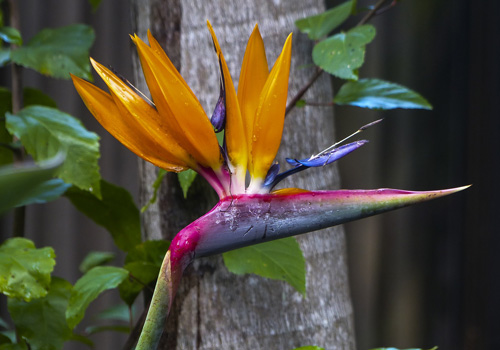
Bird of Paradise
This beautiful plant gets it’s name from the resemblance of its flowers to birds-of-paradise. The flowers last about a week and they grow to be 4 to 6 feet tall.
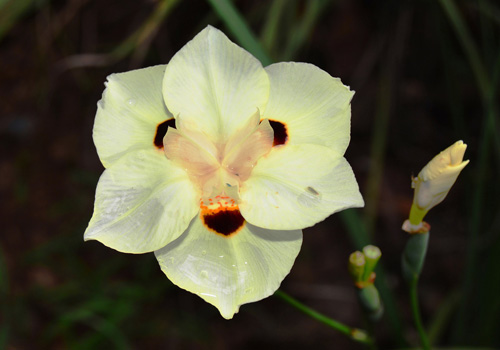
African Iris
These flowers last only one day. The seedpods of the plant often bend the stalks down to the ground where they have a better chance of propagating a new generation of plants.
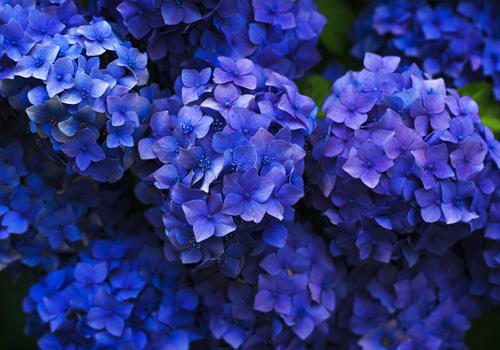
Hydrangea
Produced from early spring to late autumn, These showy flowers are often extended in a ring, or to the exterior of the small flowers.
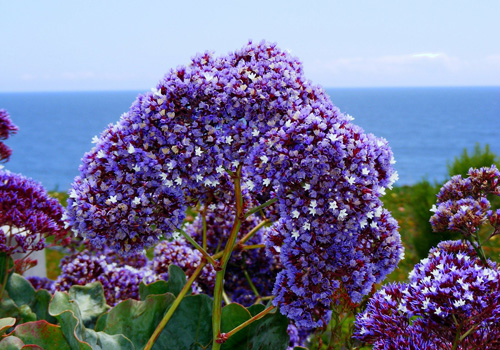
Sea Lavender
This plant does well in full sun with occasional watering, It grows to be about 2 to 3 feet high and wide with clusters of tiny purple and white flowers.
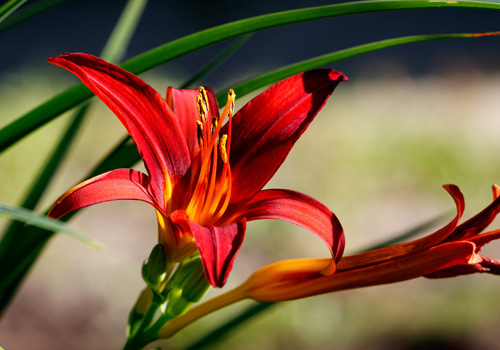
Day Lily
The flowers open in early morning and wither during the following night, this is how they got their name Day Lily.
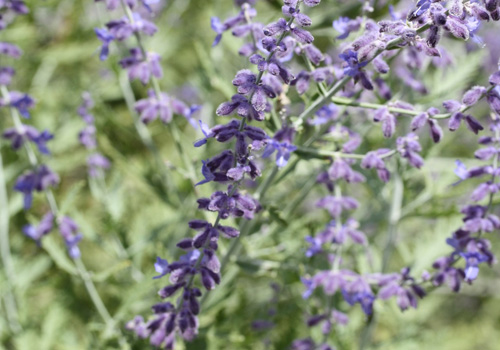
Russian Sage
The flowering season extends from mid-summer to late October, with blue to violet blossoms. It has a long history of use in traditional medicine.
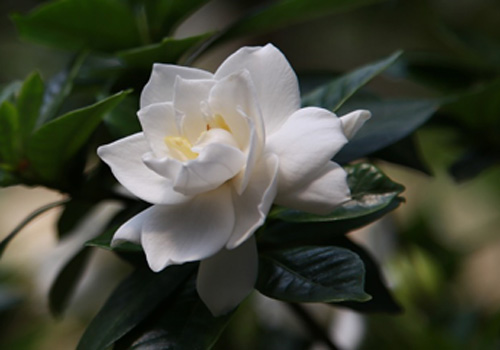
Gardenia
Flowering is from about mid-spring to mid-summer, and many species are strongly scented. These flowers should have some shade during the summer months to prevent scorching.
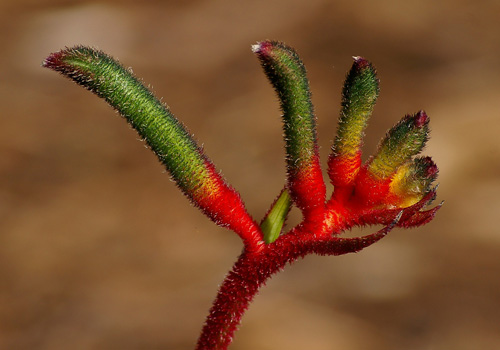
Kangaroo Paw
The tubular flowers are coated with dense hairs and open at the apex with six claw-like structures, and it is from this paw-like formation that the common name "kangaroo paw" is derived.
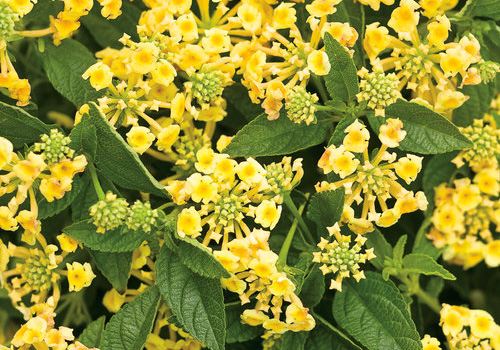
Yellow Creeping Lantana
This Plant likes full sun and attracts bee’s butterflies and birds. It is poisonous if ingested and may cause skin irritation or an allergic reaction if handled.
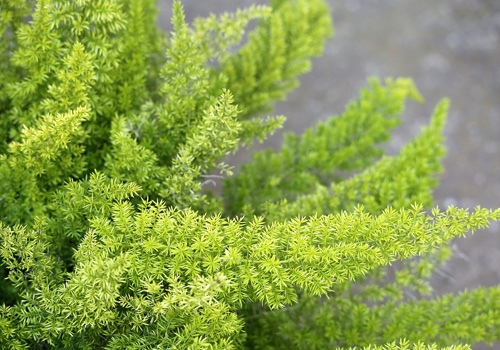
Myers Fern
Grows to be 2 feet tall by about 4 feet wide with light green needle-like leaves. These spear-like stems can reach up to 2 to 3 feet long.
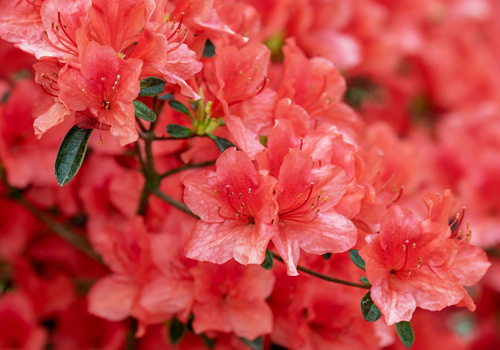
Azalea
Azaleas bloom in the spring with their flowers often lasting several weeks. They are shade tolerant and prefer living near or under trees.
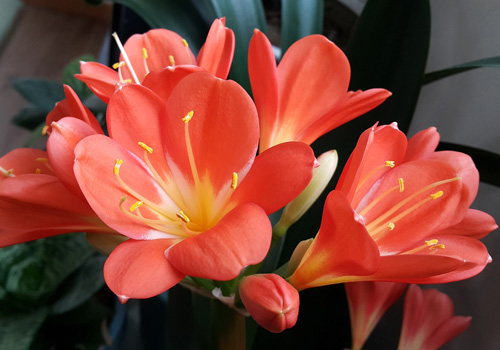
Clivia
The flowers are mainly in shades of yellow through orange to red. It is recommended that these plants are watered regularly in summer, although not overwatered
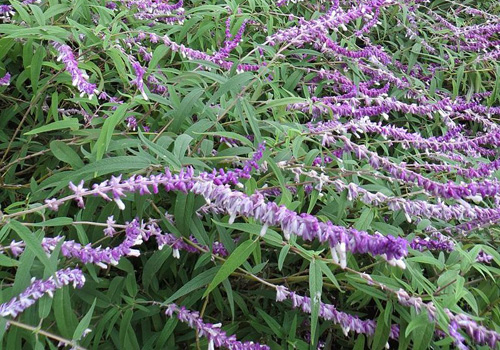
Mexican Sage
A low-maintenance plant that grows best in full sun and moist but well-drained soils. The flowers attract butterflies, bees and hummingbirds. Mexican Sage grows up to 4.3ft. high and 6.6ft. wide. Image By Vix_B - Flickr: Madeira 2012, CC BY 2.0, https://commons.wikimedia.org/w/index.php?curid=26870746 Image Cropped
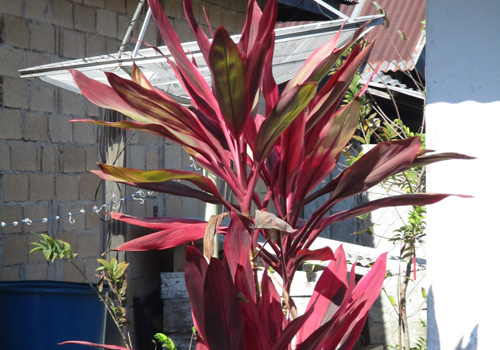
Red Cordyline
The leaves of this plant are a mixture of red, green and pink and grow to be about a foot long. It is toxic to cats and dogs if ingested. Image By David E Mead - Own work, CC0, https://commons.wikimedia.org/w/index.php?curid=65199784 Image Cropped
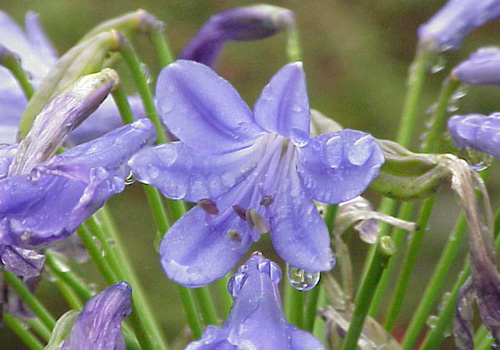
Agapanthus
Some species of Agapanthus are commonly known as lily of the Nile (or African lily in the UK), although they are not lilies and all of the species are native to Southern Africa. Image By Kurt Stüber [1] - caliban.mpiz-koeln.mpg.de/mavica/index.html part of www.bio lib.de, CC BY-SA 3.0, https://commons.wikimedia.org /w/index.php?curid=8216 Image Cropped
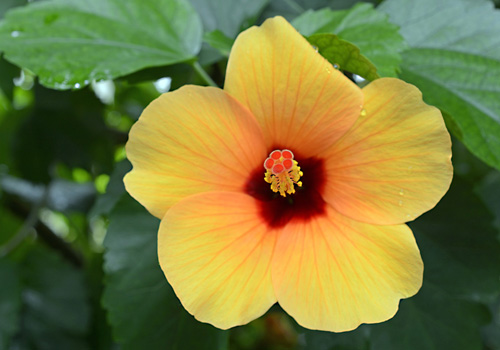
Yellow Hibiscus
The Yellow hibiscus is Hawaii's state flower. The flowers bloom almost every day, but the blossoms last only for a day.
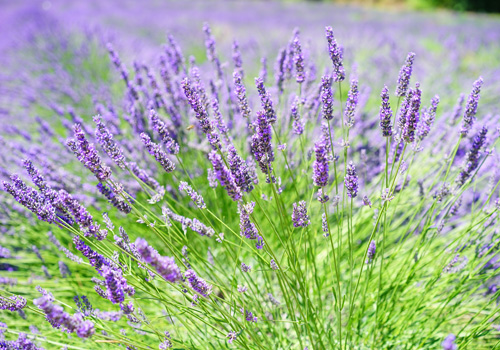
French Lavender
Growing 24 in tall, it has gray-green, linear or lance-shaped leaves with toothed edges and a lightly woolly texture. The whole plant is strongly aromatic with the typical lavender fragrance.
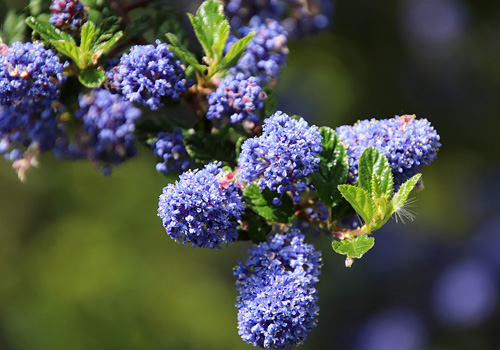
California Lilac
The flowers are tiny and produced in large, dense clusters. The leaves have a shiny upper surface that feels "gummy" when pinched between the thumb and forefinger.
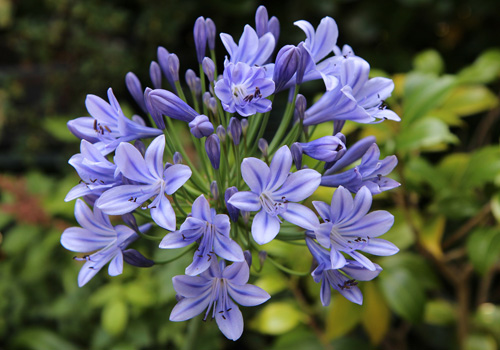
Agapanthas (Peter Pan)
Produces rounded clusters of light blue flowers with each petal darker in the middle. These flowers attract butterflies bees and birds.
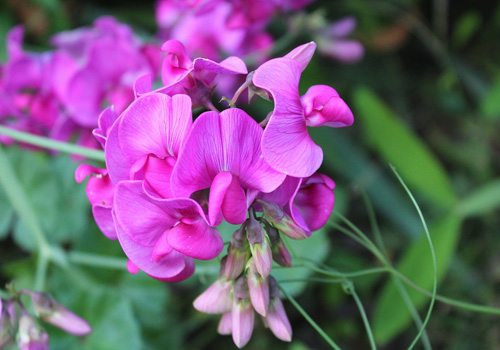
Sweet Pea
It is an annual climbing plant, growing to a height of 3 ft 3 in - 6 ft 7 in where suitable support is available it twines around plants and structures.
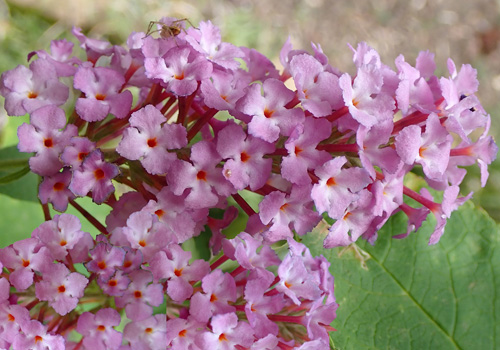
Buddleja
Commonly known as the butterfly bush, the long flowers attract butterflies and spike up to 8 inches long. They are produced from mid summer to early fall.
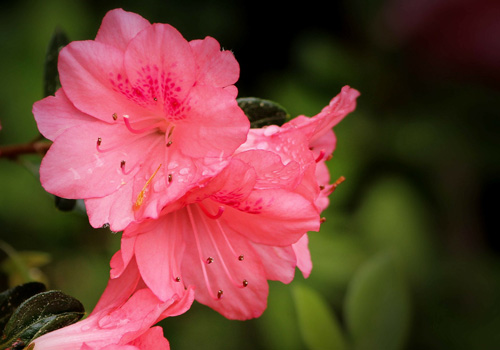
Coral Bells
An early blooming azalea Coral Bells feature masses of coral-pink blossoms with green foliage. The average growth is 3 feet wide by 3 feet high.
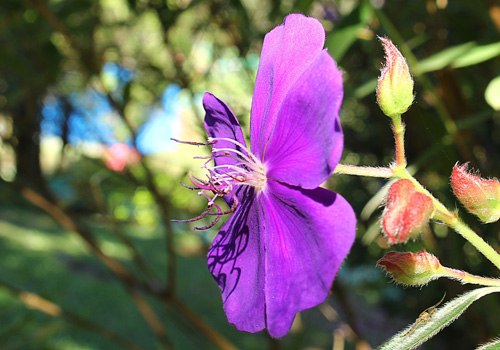
Princess Flower
A sprawling evergreen shrub with longitudinally veined, dark green hairy leaves and clusters of brilliant purple flowers up to 4 inches in diameter.

Hibiscus
This plant has large trumpet-shaped flowers with five or more petals. Tea made from Hibiscus flowers is known by many names around the world and is served both hot and cold.
ABOUT US
Whether you need a deck, a driveway,
block walls, brick patios,fountains,
or even waterfalls-you
can be sure that Sherman Oaks
Landscaping can
get the job done.
PARTNERS
CONTACT INFO
Sherman Oaks Landscaping
Address: 15136 Hartsook Street
Sherman Oaks, CA 91403
Phone: 818-822-2291
Fax: 818-712-0267




